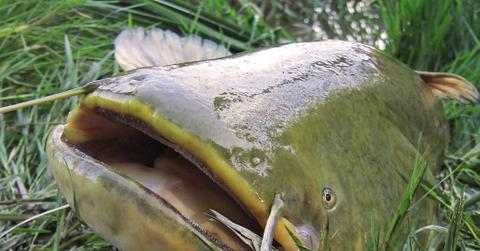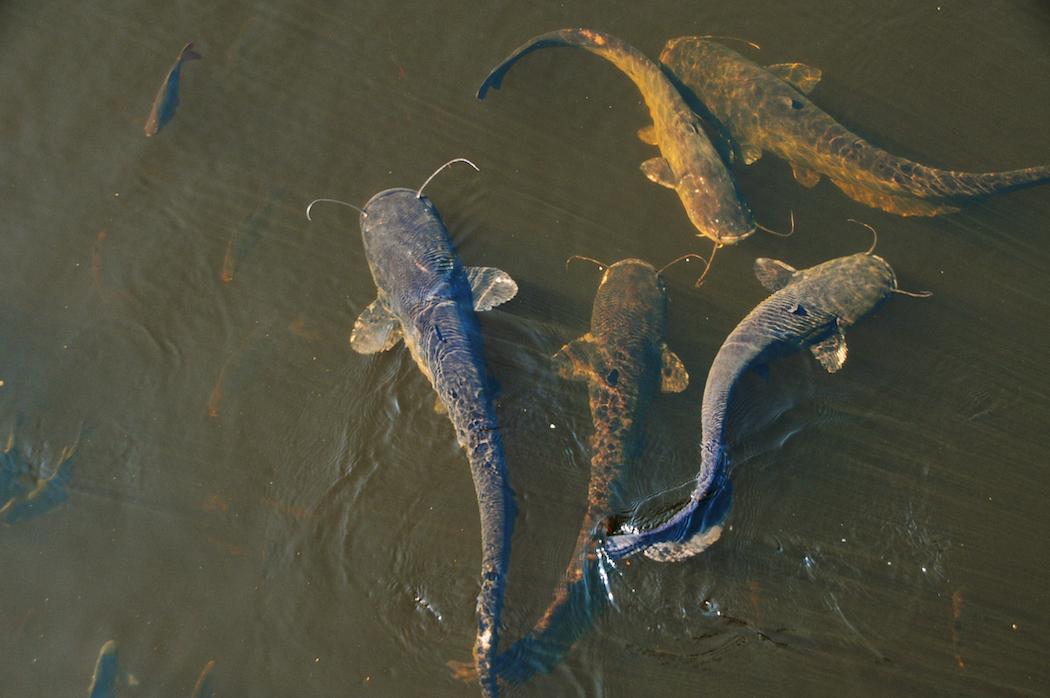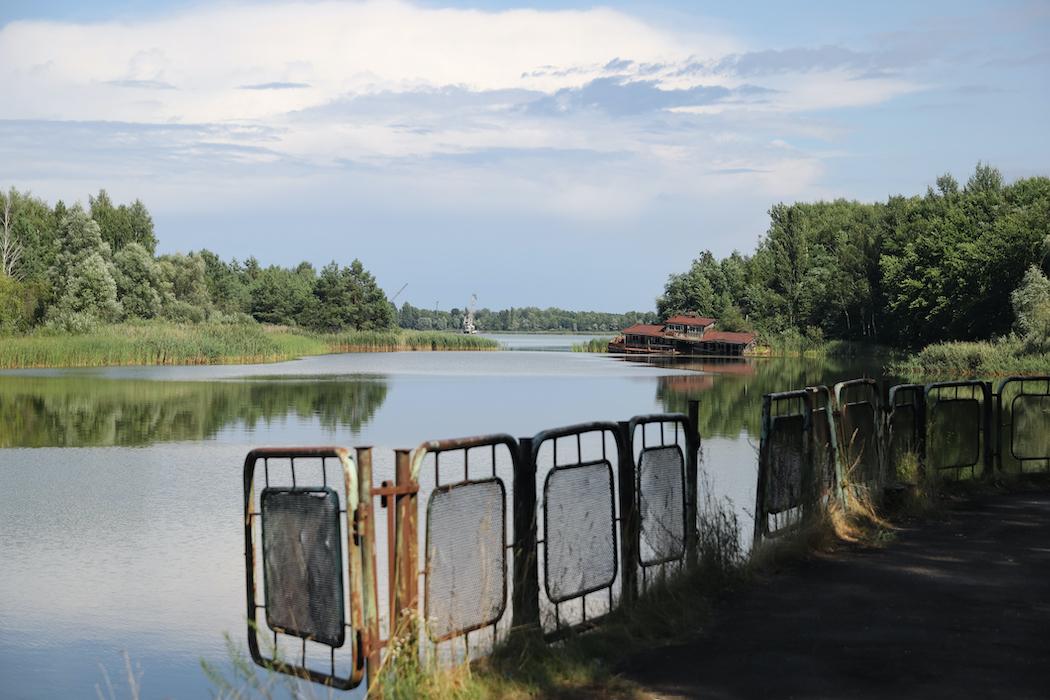Are There Giant Catfish Swimming Around the Cooling Ponds of Chernobyl?
Published April 4 2023, 4:52 p.m. ET

There are many sensational stories about Chernobyl's mutant creatures, like mutant spiders, radioactive frogs, and giant catfish. While some of these tales read like a sci-fi novel, there are many species living in and around Chernobyl — which is still a radioactive area. Little is known about long-term effects of radiation exposure in the natural environment, and the animals of Chernobyl provide a rare opportunity to uncover more insight through scientific analysis.
READ NEXT: These Artists Are Confronting the Climate Crisis With Their Work
Even 30 years after the Chernobyl nuclear accident, levels of two radioactive isotopes (Cesium-137 and Strontium-90) in some of the lakes at Chernobyl remained higher than the maximum permissible level for human consumption.
So, are the fish living within these waterways radioactive? And is the radiation exposure contributing to the massive size of Chernobyl catfish?

What is the Chernobyl cooling pond and are there mutant catfish in it?
The Chernobyl cooling pond is situated on the flood plain of the Pripyat River and was created in 1975 to transfer heat from the nuclear reactors to the air, according to research published in 1997. It was highly contaminated immediately after the nuclear accident, killing off fish and causing radioactive sediment, as noted in a paper published in 2018. The giant catfish currently swimming in the cooling pond are known as Wels catfish, and while they are extremely large, it’s not out of the ordinary for this species.
Adult Wels catfish are known to live up to 80 years. They average around 5 feet in length, and they can weigh more than 200 pounds. Despite this, any Wels catfish over 6.5 feet long, while possible, is considered extremely rare. That said, there is speculation as to whether the radiation is a contributing factor to the abundance of extra large fish at Chernobyl, even capturing the attention of popular fishing television shows, such as River Monsters.
The question is whether the majority of the catfish in the cooling pond are larger than the average Wels catfish. To find the answer, additional comparative examinations must be conducted. And yet, similar studies on many types of fish in the Chernobyl cooling pond, the Pripyat River, and nearby lakes have unearthed some interesting findings.

Is radiation affecting the fish of Chernobyl?
A 1996 study on the Chernobyl catfish raised the alarm when it found that the fish in the cooling pond exhibited genetic damage related to the concentration of Cesium-137. However, a newer study conducted in 2018 did not find this to be the case. According to Environmental Science & Technology, the 2018 study “did not find any positive correlation between radiation exposure level and chromosomal damage,” on the catfish in the cooling pond.
The more recent study analyzed perch fish, roach fish, and catfish in different bodies of water, but concluded that there weren’t any diseases, gross tumors, or malformations in any of the fish. So, all things considered, the fish were in generally good health.
However, the study did find morphological (relating to something's form) changes in the reproductive systems of fish (particularly perch) in the lakes at Chernobyl — even throughout several generations, strongly suggesting that the fish are affected by low-levels of radiation in their environment. The study found a high level of fish with undeveloped gonads in two highly contaminated lakes (although not in the third lake).
Even though the 2018 study is considered the most comprehensive to date, research was limited to a handful of lakes. Further analysis would be needed to create a more robust understanding of the effects on the genetic systems, in addition to any possible correlation between the radiation and the size of the catfish in the Chernobyl cooling pond.